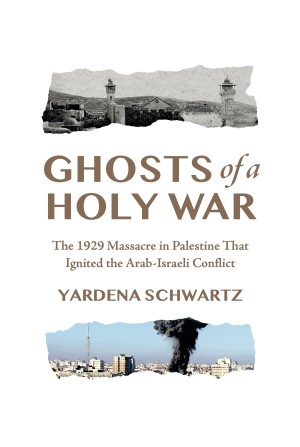This recent addition to Holocaust literature focuses on nine women whose dedication to humanity and truth is both impressive and challenging to understand. One reading about their lives can only marvel at the extraordinary courage and resourcefulness with which they faced a brutal world. Each unique story includes historical background that deepens our understanding of the growth of Nazi ideology.
When presenting the story of Faye Lazebnik Schulman, a photographer, the author includes photographs of partisan life, corpse-filled trenches, and operating tables made of tree branches. All the photographs are high quality and artistically composed. Schulman’s battle cry is “I was a photographer. I have photos. I have proof.” Some such photos are of her own murdered family.
From the age of ten, Schulman learned from her brother, a professional photographer, how to handle a camera. When the Jews of her small Polish town were pushed into a crowded ghetto, she obtained permission to return home — where her family had a darkroom — to develop the photographs the Nazis demanded she take. As a result, she was able to smuggle food back to the ghetto for her family and others. Keeping copies of the prints she made for the Nazis was dangerous, but they remain, to this day, a testament to Nazi atrocities. After the war, she became a decorated Soviet partisan and discovered that her older brother, the one who had taught her photography, was the only other survivor of her family. Her book, A Partisan’s Memoir: Woman of the Holocaust, led to speaking engagements, museum exhibitions of her photographs, and both a traveling and online exhibit of her work. Schulman was featured in two documentary films, and she always kept her wartime camera.
In the Warsaw ghetto, Rachel Auerbach managed a soup kitchen and carefully documented the ghetto’s rich cultural life. She was a member of Oyneg Shabes, a code name for a group led by Emanuel Ringelblum, dedicated to chronicling ghetto life during the Holocaust. The members collected testimonies, essays, diaries, drawings, and other materials documenting life at that time. Thousands of these priceless accounts — approximately 35,000 pages — were buried throughout the ghetto for safekeeping. Auerbach was one of the only three survivors of the group. After the war, she was was determined to recover those buried archives. Aided by friends, she led a search and pressured Jewish leaders to help. She also continued to collect testimonies from other survivors.
These two women, and the seven others featured in this magnificent book, remind us of the strength that can be shown under the most brutal circumstances. They are shining role models for today’s youth, teaching us lessons we must not forget.
Award-winning journalist and freelance writer, Helen Weiss Pincus, has taught memoir writing and creative writing throughout the NY Metro area to senior citizens and high school students. Her work has been published in The New York Times, The Record, The Jewish Standard, and other publications. She recently added “Bubby” to her job description.





